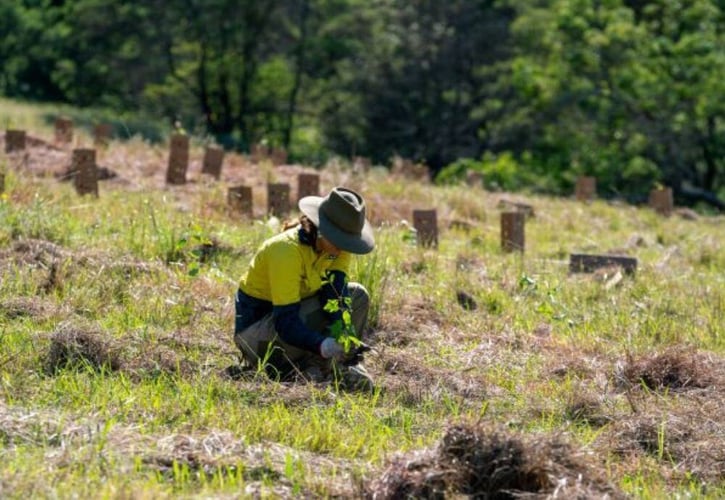Habitat Loss:
A Growing
Threat to Wildlife
- Home
- What We Do
- Wildlife Information
- General Information
- Habitat Loss
Habitat Loss: A growing threat to wildlife
Habitat destruction and habitat change are critical issues facing wildlife globally. Habitat is the natural environment where animals and plants live, breed, and sustain. Preserving various ecosystems, from bushland to grasslands, is vital for countless species' survival. However, the rapid pace of human development and exploitation of natural resources has led to widespread habitat destruction, posing significant challenges to wildlife conservation efforts.
Causes
Habitat destruction occurs through various human activities, including urbanisation, agricultural expansion, and deforestation. As cities expand and populations grow, natural habitats are increasingly encroached upon and fragmented. Similarly, the expansion of farmland and the intensification of agricultural practices result in the loss of native vegetation and wildlife habitats. Additionally, the logging of native forests further exacerbates habitat degradation, leaving many species without suitable homes. Despite awareness of the consequences, current environmental laws fail to adequately protect habitats from destruction, allowing for continued exploitation and degradation of natural landscapes.
In the last two decades alone, approximately 7 million hectares of habitat, crucial for the survival of threatened species, have been destroyed in Australia. Despite the identification of serious ecological impacts, regulatory frameworks have fallen short in preventing irreversible damage to critical ecosystems.

Impact
The ramifications of habitat destruction are far-reaching and profound. Wildlife reliant on these habitats face dire consequences, including loss of shelter, food sources, and breeding grounds. The destruction of key habitats contributes significantly to the decline of species populations, pushing many towards the brink of extinction. Australia, which has the largest mammal extinction rate in the world, continues to grapple with the devastating effects of habitat destruction, exacerbated by the compounding challenges of climate change and recent bushfires.
WIRES Position
At WIRES, we recognise that habitat preservation and restoration are fundamental to wildlife rehabilitation and recovery. We advocate for responsible land use practices and the enforcement of robust environmental laws to safeguard critical habitats from further degradation. It is imperative to prioritise the protection of key and critical habitats, with concerted efforts aimed at reversing habitat fragmentation and degradation.
We are committed to supporting long-term recovery plans for habitats across Australia, ensuring that wildlife have safe and interconnected areas to thrive. By addressing the root causes of habitat loss and actively engaging in habitat restoration projects, we strive to mitigate the impacts of habitat destruction and safeguard the future of Australia's unique wildlife.
15 Ways to Help Wildlife
Sign up to receive our monthly eNewsletter with wildlife rescue stories and updates on our work rescuing, rehabilitating, and releasing native wildlife.
